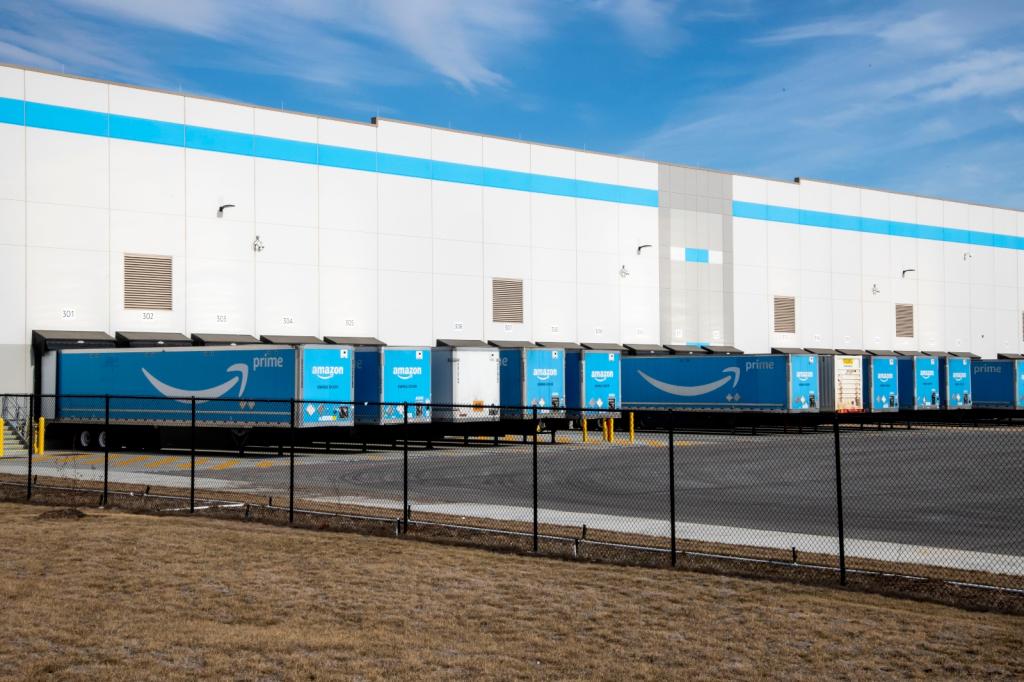People-focused density provides a disproportionate benefit for low-income people. In fact, good city design can be part of what gets people out of poverty.
Compact development means increasing the supply of housing. Even if the new homes are being built in an area not affordable to those with low incomes, the increased housing supply helps make other housing more affordable than it would otherwise be. Part of what we need to do to bring housing costs down is build a lot more of it (and refurbish more of what’s there).
Many people worry about gentrification. But the reality is that gentrification proceeds inexorably in walkable neighborhoods when cities have a very limited supply of people-focused areas. Lots of new development doesn’t make things worse: It means the gentrification that occurs is the kind that’s more likely to be beneficial to the people already living there. A recent Columbia University study found that “poor residents and those without a college education were actually less likely to move if they resided in gentrifying neighborhoods” in part because the increase in services improved their lives more than the rising cost of living disrupted them.
Good development can benefit low-income people, too, because compact neighborhoods are cheaper to live in; and the more compact they get, on average, the more the cost of living drops, measured against suburban areas with comparable income levels. We’re used to thinking of the suburbs as more affordable, because homes on larger lots cost less there. Think of the saying, “Drive until you qualify,” which acknowledges that real estate prices drop the farther into the ‘burbs you go.
Suburban affordability, however, is an illusion — when you consider the whole cost of living (and not just home prices) the suburbs are often actually more expensive. The average American family in an auto-dependent neighborhood spends more than one-quarter of its income on cars (not counting secondary costs, such as the health costs of so much inactivity and the financial risks of a major car crash). The average family in a walkable community, on the other hand, spends only 9 percent of its income on transportation — and their choices tend to leave them healthier and better off. The costs of car ownership, especially multiple car ownership, are so great that even when housing is much cheaper in the outer suburbs, the cost of living is greater.
And cars are arguably the one product most responsible for impoverishing the poor in the first place — an “investment” that destroys much of the value paid into them, and moves money out of the local economy. Cars funnel money from poor drivers to auto companies, lending companies, oil companies, and insurance companies. As Catherine Lutz and Anne Lutz Fernandez write:
The car system redistributes wealth upward, playing a significant role in the creation of inequality in America … Cars are an expensive and depreciating asset for which there remains pervasive discrimination in new and used vehicle pricing, financing, and insurance. In other words, someone with low income or living in a poor or minority neighborhood will likely pay more to own and operate the same car than someone holding a higher-paying job or living in the next town over … In a lifetime of car ownership, an American family will likely “invest” almost $1 million in its vehicles. And these numbers don’t even count yet more hidden costs like the mortgage on our garages or the property taxes levied on them.
There is a huge cultural challenge here: In an auto-dependent world, the working poor are understandably reluctant to give up their cars, even though they’re much more likely to achieve middle-class status with less auto dependence.
Being priced out of scarce homes in walkable neighborhoods and valuing the status and sense of “spatial freedom” that can come with a car, lower-income Americans are migrating to inner-ring suburbs and outer-ring exurbs.
One of the innovations most needed is a strategy that makes it possible for auto-dependent, middle- and lower-income families to live in and benefit from walkable communities, especially where the upfront costs of moving there are greater. I don’t know of such a program anywhere, but it could offer real traction on a growing problem. Even such a smart strategy for helping the working poor live more affordably will fail, though, if cities don’t build many more walkable neighborhoods, with a much greater supply of housing.
Back to Carbon Zero, chapter 3
Full table of contents for Carbon Zero



